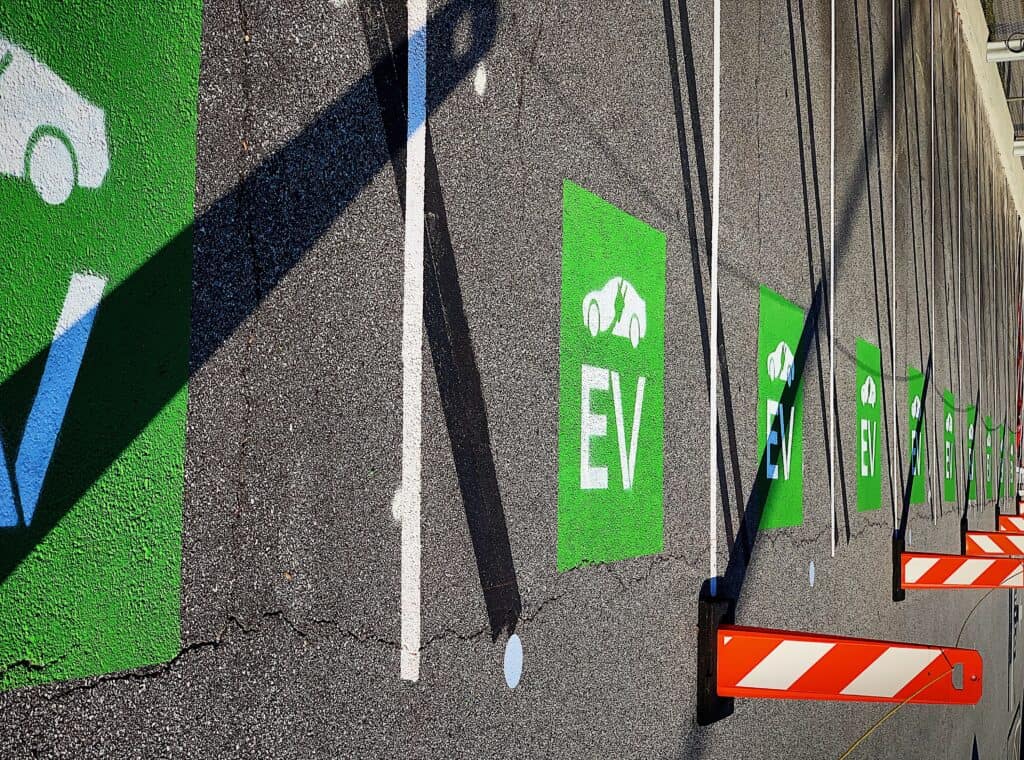
The air might be “clean enough” in Leeds, but how much further do the rest of the UK’s fleets have to go?
As Leeds City Council closes down its clean air zone because fleets there have already become cleaner, we ask if the story reflects how businesses across the remainder of the country are responding to the new 2030 combustion engine ban.
How are fleets responding to the new ban date?
According to recent research by Arval Mobility Observatory, 50% of UK businesses operating van fleets are already using hybrids or planning to do so within three years. 43% said the same of battery electric vans.
And with targets to meet ahead of the new 2030 ban, there’s much reason for many businesses to make the shift sooner. For example, Central Government departments have to electrify 25% of their fleets by 2022.
The numbers suggest a dramatic shift will soon be underway, but so far a lack of models and limited supply hasn’t made things easy. And without tighter UK regulations for EV manufacturers, lead times for British EV orders in 2021 were only expected to lengthen.
Will tougher regulations reduce lead times?
In response, the Department for Transport has set out tougher carbon emissions targets for manufacturers, to match the EU’s own regulations, with a planned start date of January 1st 2021. The move should create more incentive for carmakers to sell EVs to the UK market, with the hope being that lead times will now decrease too.
Under the new regulations, manufacturers will have to meet a 15% reduction in emissions for cars and vans by 2025, against a new, stricter baseline. If they fail, they’ll face an £86 fine for each g/km above the target – multiplied by the number of vehicles registered in the year.
So demand has increased, and we should expect manufacturers to up their game to meet the tougher targets…
…But is infrastructure keeping up with the demand?
Between 2017 and 2019 the number of EV connectors in the UK nearly doubled, though more than 50% of all the UK’s chargers are located only in Greater London, the South East and Scotland.
As of 19th October 2020, the number of charging locations in the UK currently stands at 12,523, boasting 19,825 devices and 34,591 individual connectors between them. There was an increase of 369 new devices in just the previous 30 days, suggesting that the development of infrastructure really is becoming more rapid.
Is it getting easier to charge an EV?
As our facilities to charge publicly increase, more innovative ways to pay are coming to market too. This month alone, four more EV charge point companies signed up to the Octopus Energy Electric Juice Network, taking the total number of Electric Juice charging points across the UK over 1,000.
The roaming service allows EV drivers to link their public charger use to an Octopus Energy account and benefit from one bill for all their utility and charging costs. The utilities company joins a number of other networks who are together facilitating the uptake of EV charging across the UK.
While we might be a step closer to creating the effortless charging solution that the UK needs, there’s still a long way to go. What would it take to encourage you to electrify your fleet?

